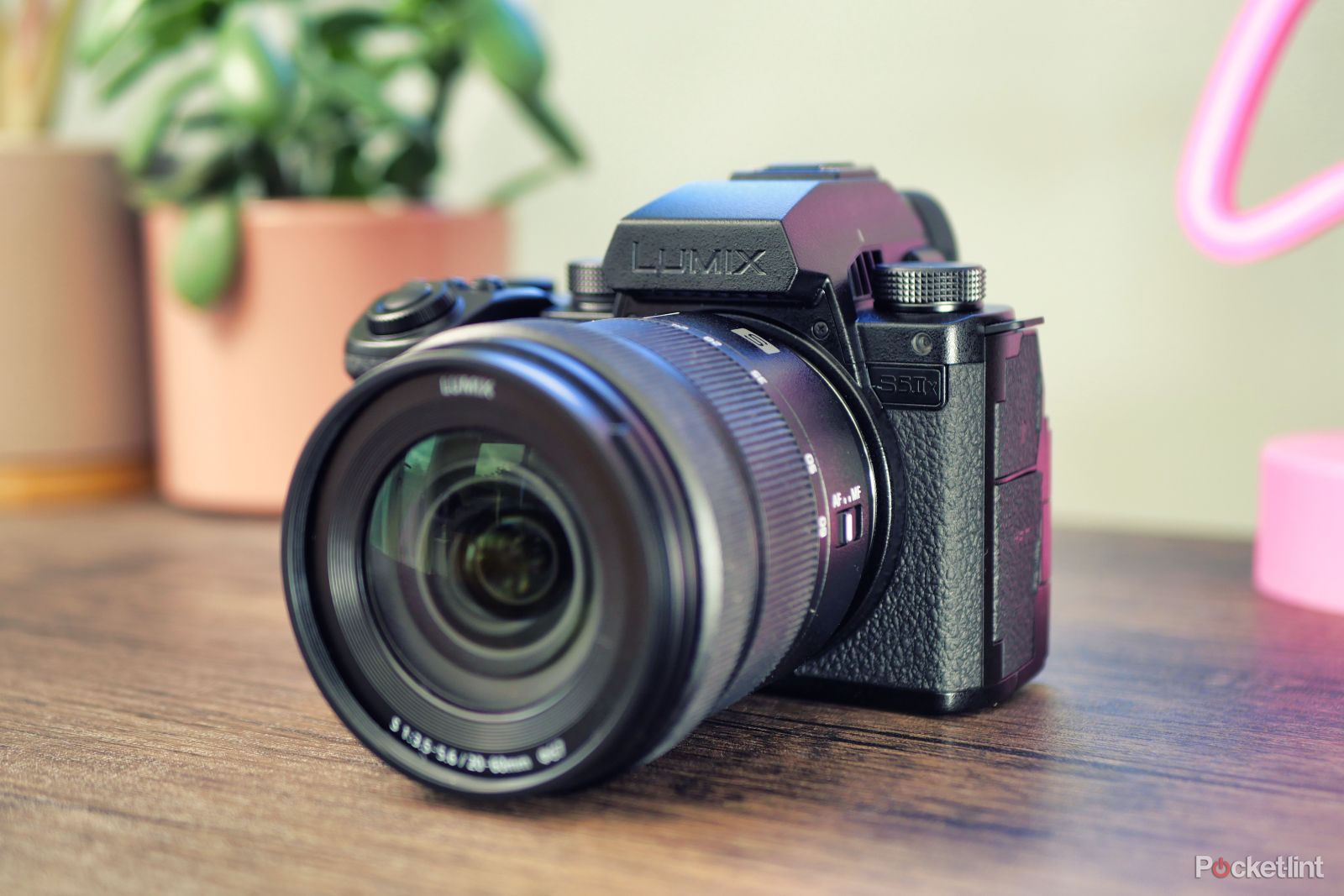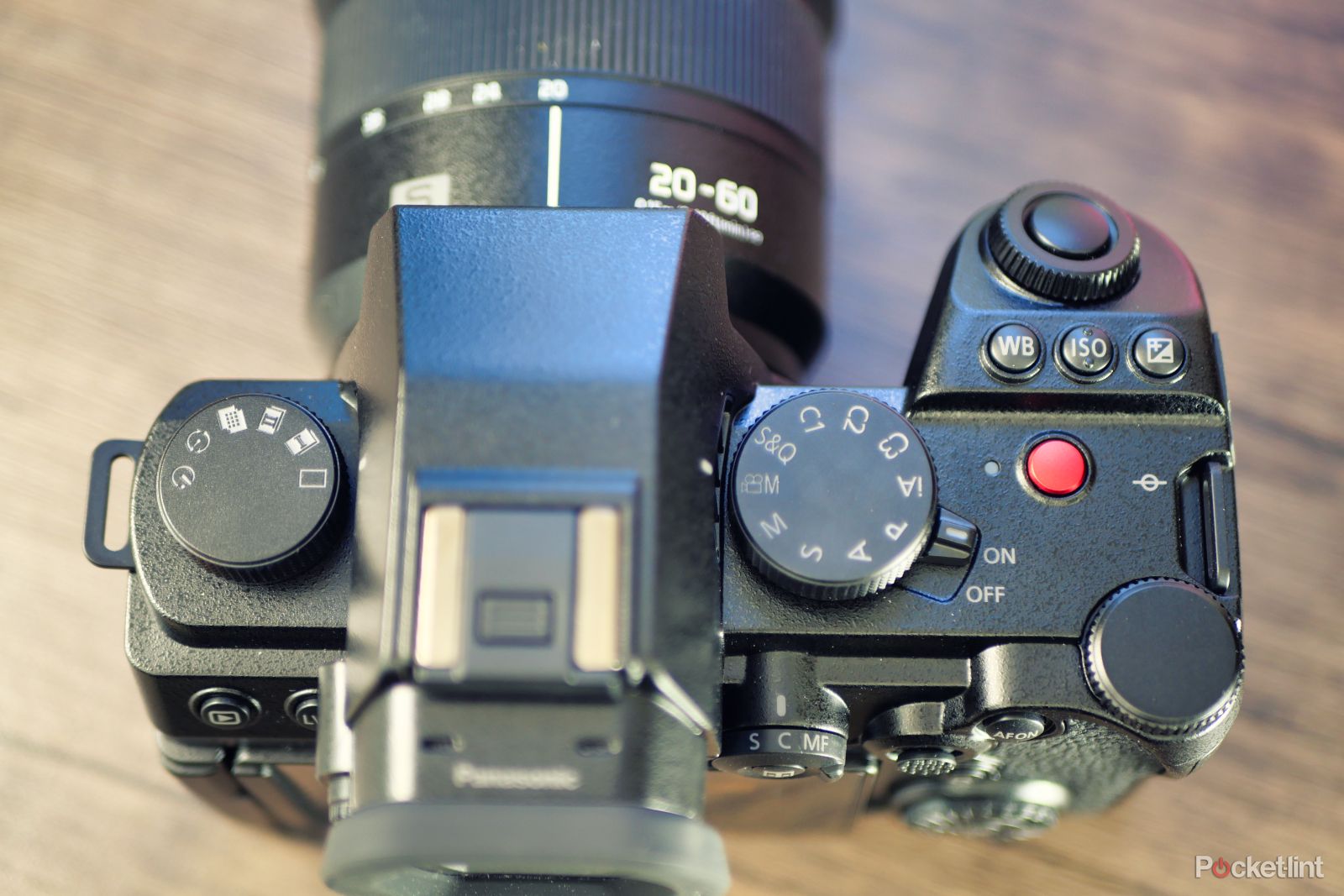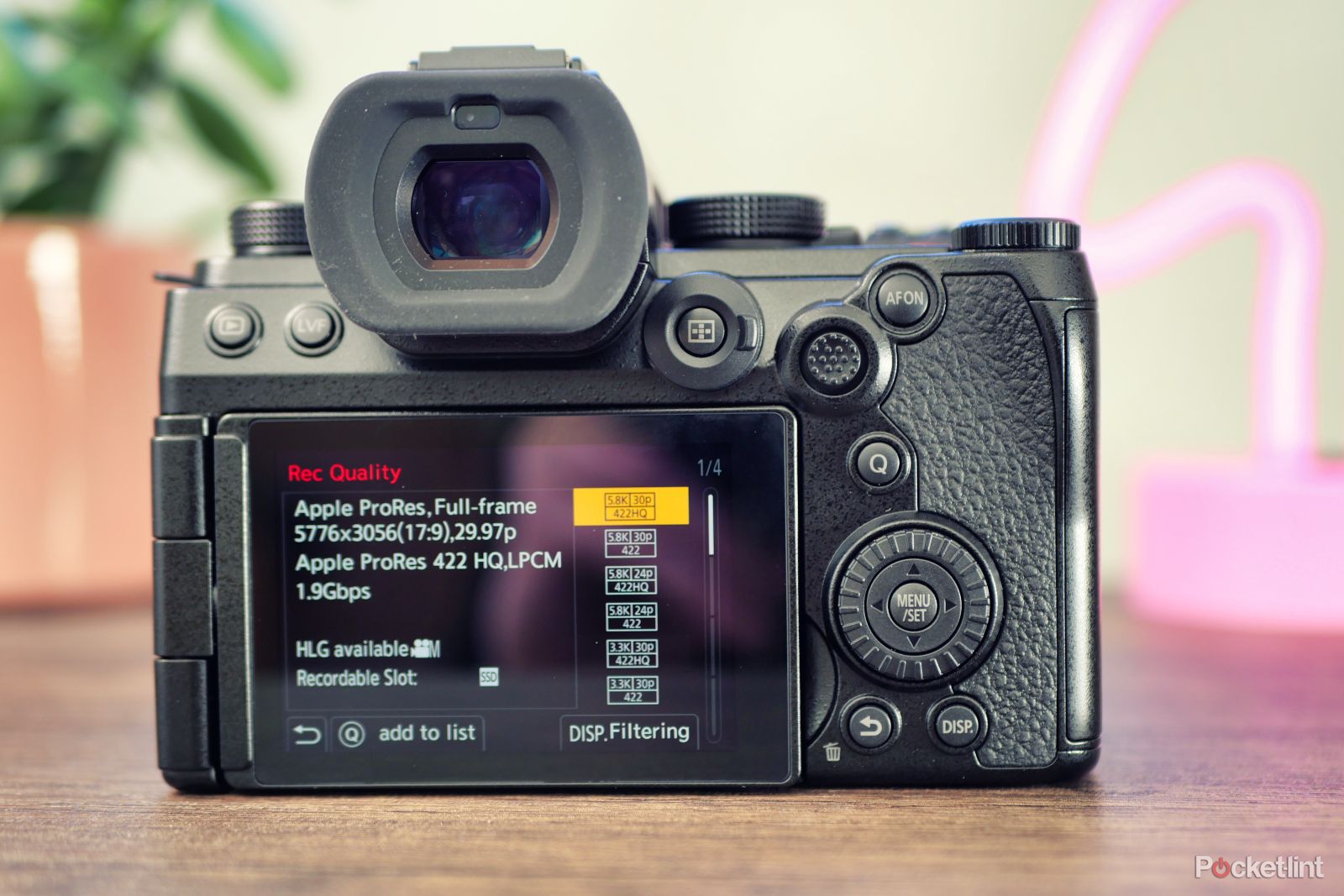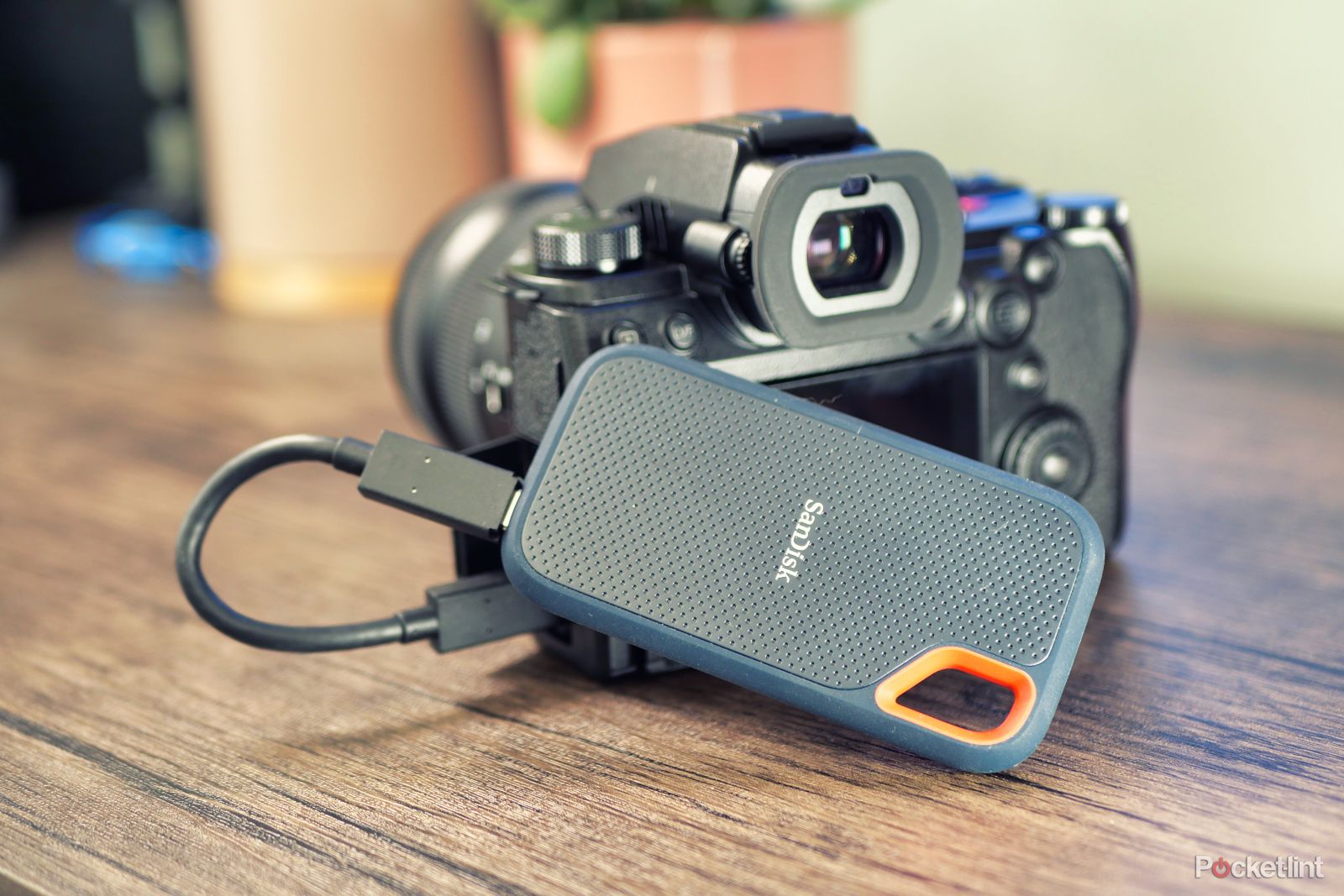The Panasonic Lumix S5IIX was teased alongside the launch of the Lumix S5II earlier this year. It's essentially the same camera, but with some meaningful upgrades that will make it more appealing to professional video shooters.
This time around, it's dressed in all black, and it certainly looks like it means business. Maybe the days of putting black electrical tape over the white manufacturer logos are finally behind us.
Of course, its aesthetics only matter if it performs. We've spent plenty of time getting to know the S5IIX over the last few weeks, here's how we got on.
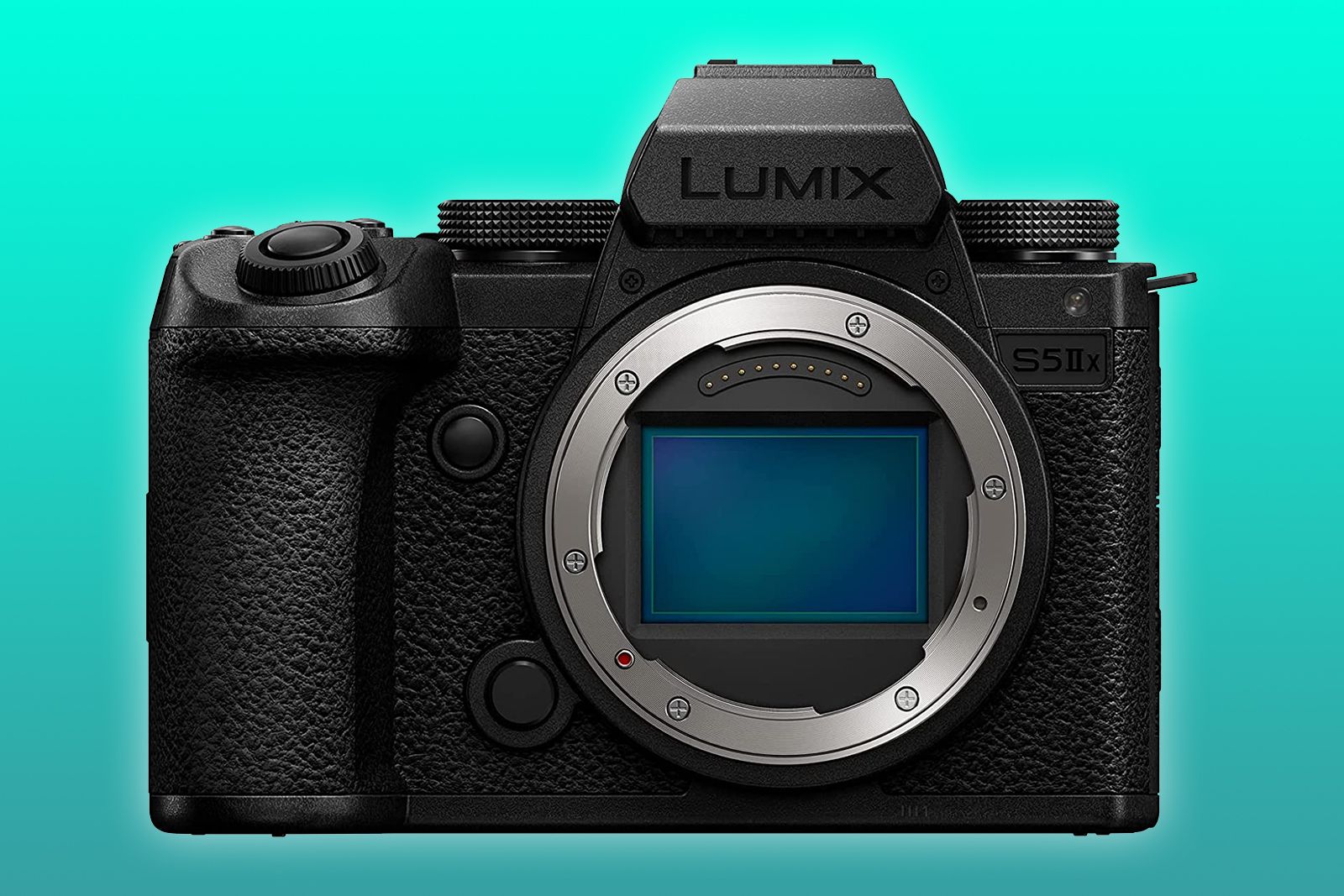
Panasonic Lumix S5IIX
The Lumix S5II gets a stylish all-black paint job and a host of video-centric upgrades including internal ProRes recording, USB-SSD recording and Blackmagic RAW over HDMI.
- Professional all-black look
- Internal ProRes recording
- External ProRes RAW and Blackmagic RAW support
- USB-SSD recording
- Not a huge price bump over the S5II
- Most won't need such high-fidelity codecs
Design
- Dimensions: 134.3 x 102.3 x 90.1mm
- Weight: 740g
- All black design
Aside from the obvious colour change, the Lumix S5IIX is identical to the S5II, and both are quite similar to the original S5 as well. This means that the layout feels intuitive and familiar, while the materials are as hardy and confidence-inspiring as ever.
We were pleased that the layout is unchanged because the dark grey legends on a black background mean that it's quite hard to see them in low-light conditions. And the launch event was, of course, very dimly lit to match Batman's favourite camera. With some practice, muscle memory will kick in and this won't be much of an issue, we couldn't help but wish for backlit buttons in that particular scenario, though.
There has been a longstanding tradition of professional photographers blacking out their gear with electrical tape, mainly to stop the white camera logo from appearing in reflections. It's not something we've ever been too concerned with, but it's nice that the new design has a practical impact.
The only splash of colour is the big red record button on the top of the camera. It's a clear indicator of the video focus of this mirrorless body, and it makes the most important button on the chassis stand out well.
One thing that's worth noting is that all of Panasonic's lenses have white text on them. So while the all-black body looks undeniably cool, the overall look is a little less cohesive when a lens is attached. It's not a big deal, but it's something that stood out to us.
Connectivity and displays
- Full-size HDMI, USB-C, Headphone and Mic sockets
- Dual SD card slots, USB-SSD recording support
- ProRes RAW and Blackmagic RAW over HDMI
The displays are unchanged from the S5II, and that's fine by us. We, again, found the EVF to be very sharp and smooth, and while the LCD isn't going to knock your socks off, its touchscreen controls are responsive and it's bright enough to see in most conditions.
The biggest change here is the fact that the S5IIX can record directly to portable SSDs over USB-C. This is the first time, as far as we're aware, that a mainstream camera manufacturer has added this capability to a full-frame camera. We've previously only seen it featured on the GH6, and niche cameras like the Blackmagic Pocket Cinema Camera and ZCam E2 series.
This is a huge deal, as it means you can use more affordable storage media and still be able to shoot in the most demanding codecs. It makes a lot of sense on this model, too, since it has some exceptionally heavy encoding options, and you'll need all the storage you can get.
Another surprise addition is support for 5.9K 12-bit Blackmagic RAW encoding with a compatible external recorder, such as the Blackmagic Video Assist. This comes in addition to 12-bit ProRes RAW output for Atomos users.
Photo and video performance
- 24.2MP sensor with IBIS and Active I.S.
- Phase hybrid AF, 779-point
- Internal ALL-Intra and ProRes 422 HQ recording
The S5II and S5IIX share the same sensor, the same shooting modes and the same picture profiles, so the photographic results are identical. It's no surprise, then, that we were pleased with the performance.



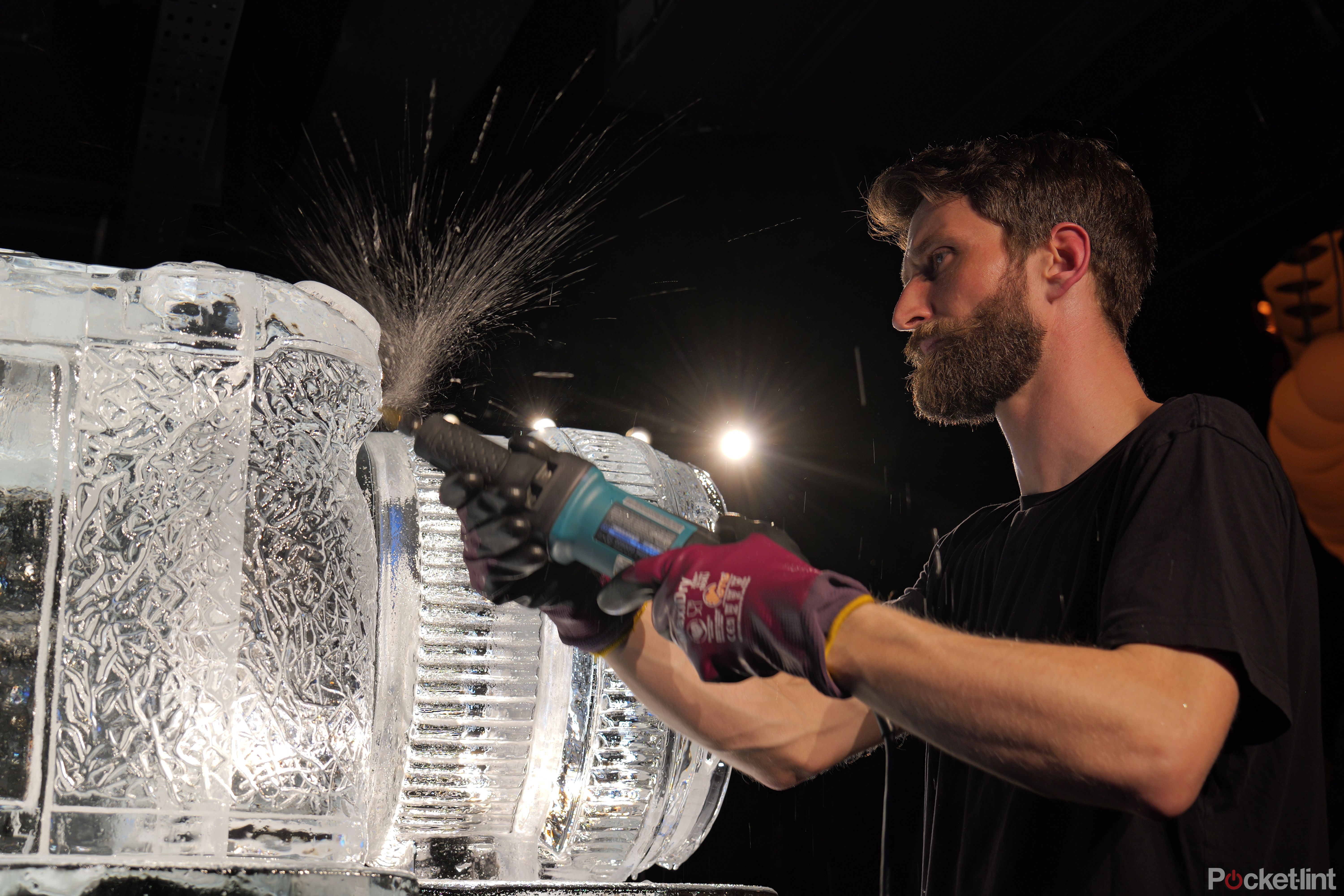
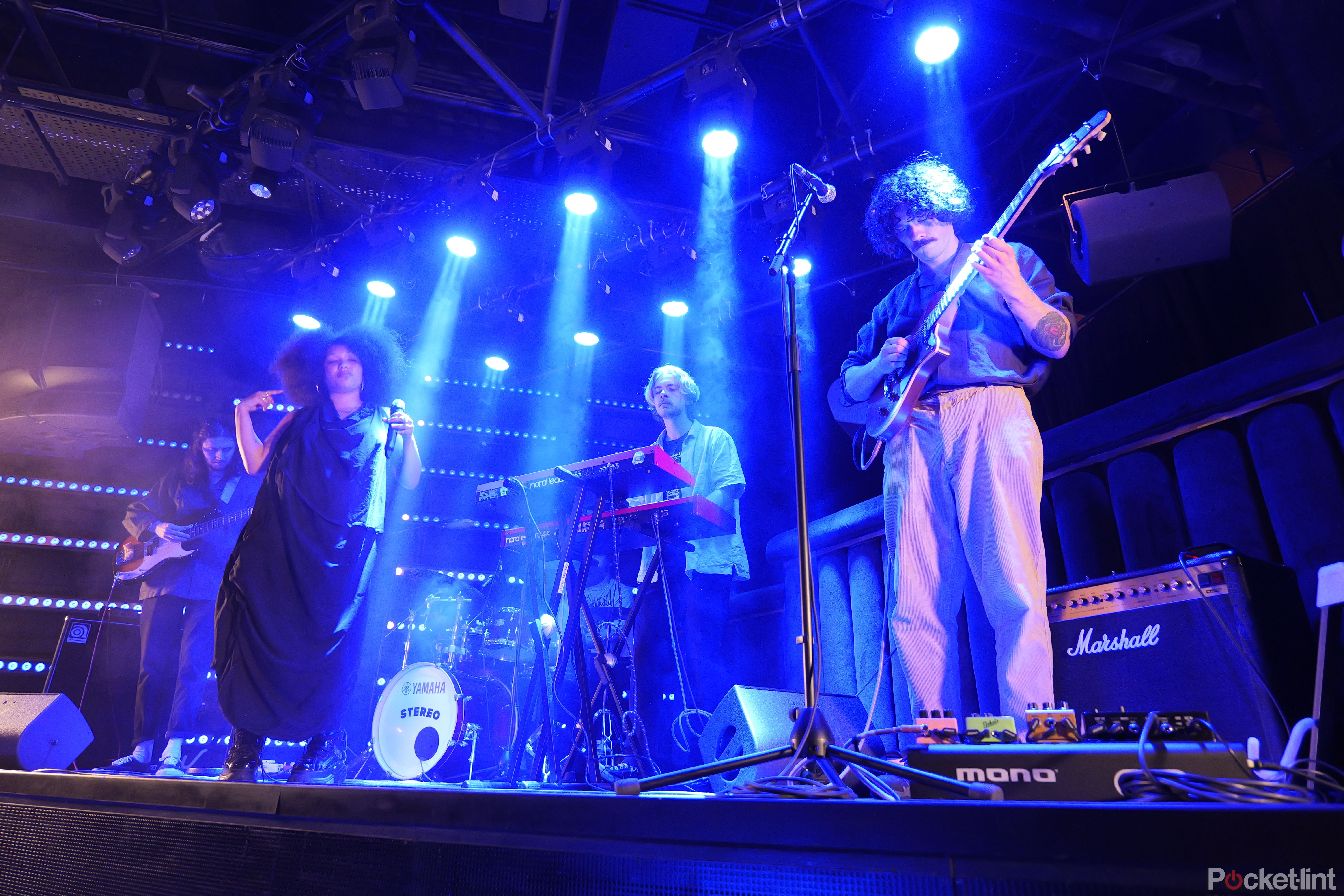
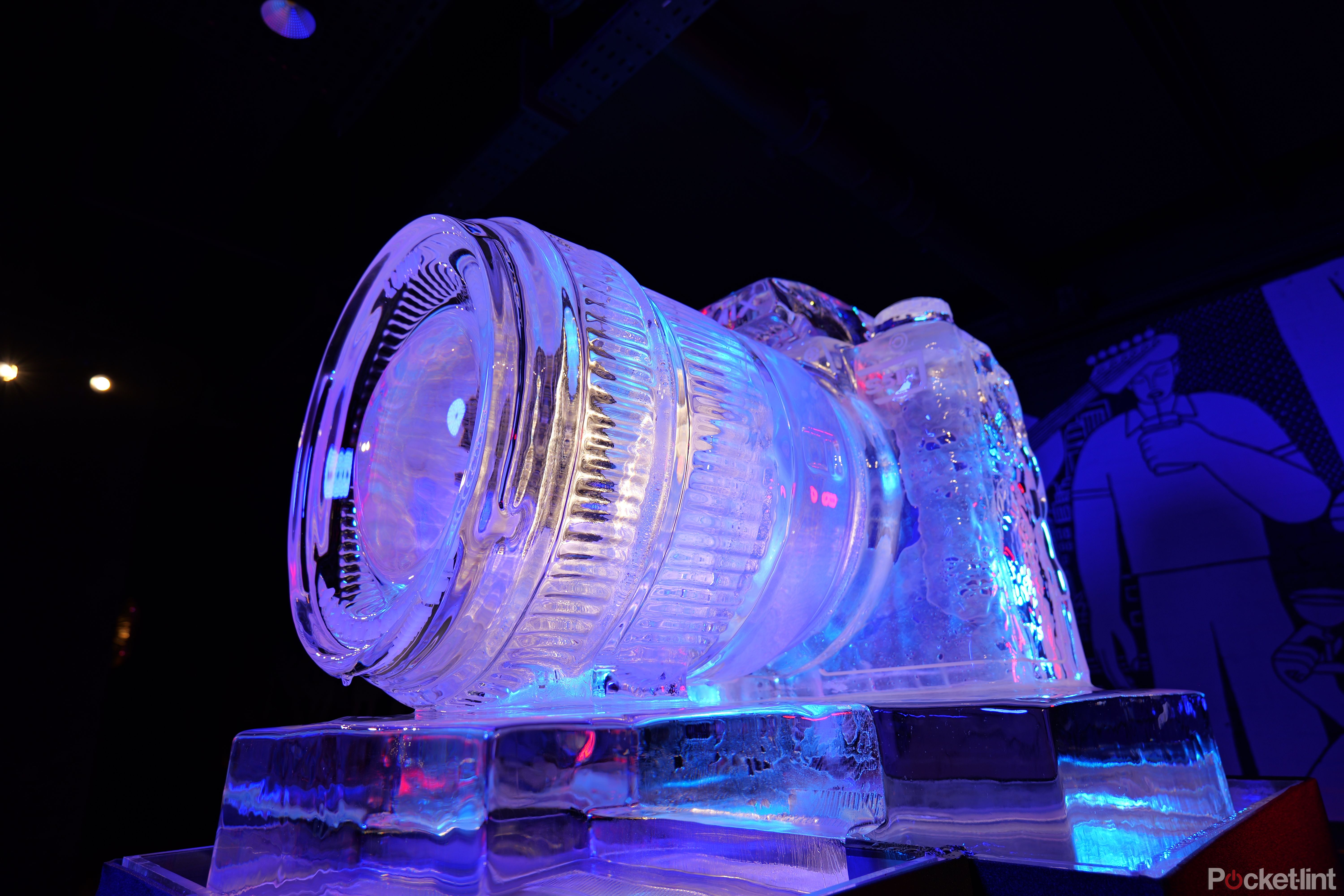
The phase hybrid autofocus works superbly, even when subjected to some pretty low-light conditions. It's worth noting, though, that in high frame rate slow motion modes, the camera switches to contrast-based autofocus, just as it does on the S5II. The IBIS is excellent in both photo and video modes, too, but we already knew that.
What's changed with this model are the encoding formats that are supported. On the S5IIX, you can shoot video with exceptionally high bitrates, adding to the overall image fidelity, as well as allowing for much greater flexibility in post-production.
There's now ALL-Intra recording available internally at up to Cinema 4K resolution, with a storage-munching 800Mbps bitrate at 60fps. This pales in comparison to the ProRes options, though, which allow you to shoot up 5.8K 30fps and will eat up a whopping 1.9Gbps.
In all honesty, the type of work we use a camera for doesn't come close to requiring these heavy formats, but plenty of people will want them. If you're working as a professional camera operator and a client requests ProRes delivery, this camera allows you to comply without the hassle of using an external recorder.
The only thing you'll need to keep in mind is that the heavier encoding options (basically anything north of 600Mbps) will require recording to an external SSD, rather than an SD card. This is no issue for us, portable SSDs are both more affordable and extremely convenient - if a slight hassle to mount. That said, third-party clamps are already available from brands like SmallRig.
For our needs, there's already so much bit-depth and editing flexibility with V-Log on the MP4 files, that we can't imagine ever choosing to shoot ProRes of our own accord. So, clearly, we fall more into the standard S5II demographic, if only it wasn't for that convenient SSD recording.
Verdict
There aren't too many surprises with the Lumix S5IIX, it's essentially the same camera as the S5II, but with more codec options, USB-SSD recording and an all-black paint job.
For professional video shooters, though, this new model could offer exactly the improvements that they need. The price difference, for what's on offer, is very reasonable, too. At the time of writing, the S5IIX will only set you back an additional $200 over the standard model.
If you tend to rely on an external recorder for your video work, it's worth considering that the original S5II will be getting a firmware update to allow for the same Blackmagic RAW and ProRes RAW capabilities over HDMI. That'll be coming on June 13 2023 and could potentially mean that you can save some cash. USB-SSD recording and internal ProRes will remain exclusive to the S5IIX, as far as we can tell.
After spending some quality time with the S5IIX, we can safely say it's one of our favourite cameras. As we mentioned, we don't really need such advanced encoding options, so we'd opt for the standard model over this - but for those who need them, it's a welcome addition at a reasonable cost. At present, we think that the S5II and S5IIX are two of the best value propositions in the full-frame mirrorless market, especially if video is your priority.

